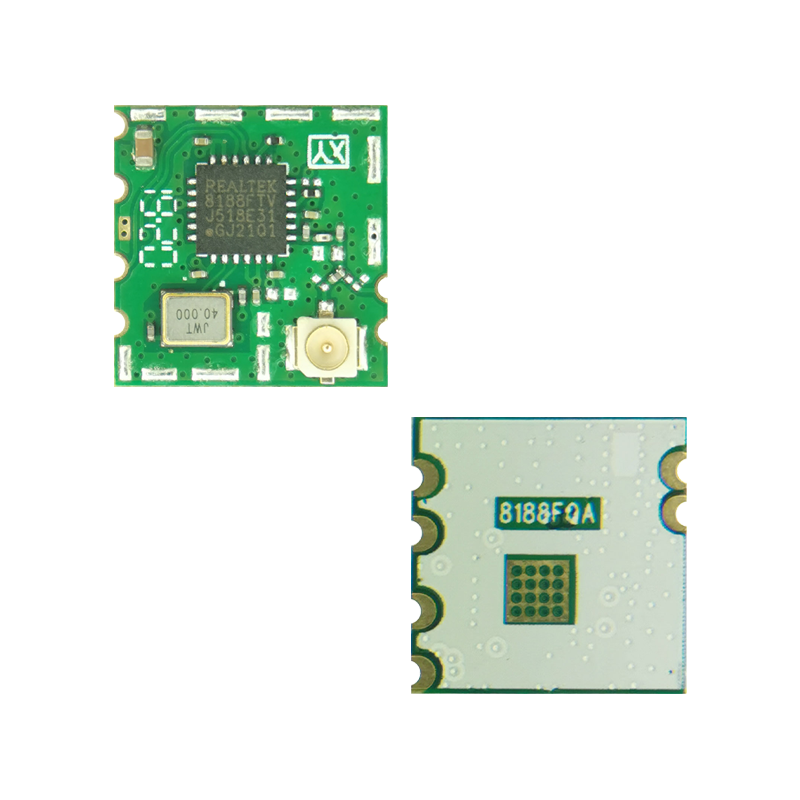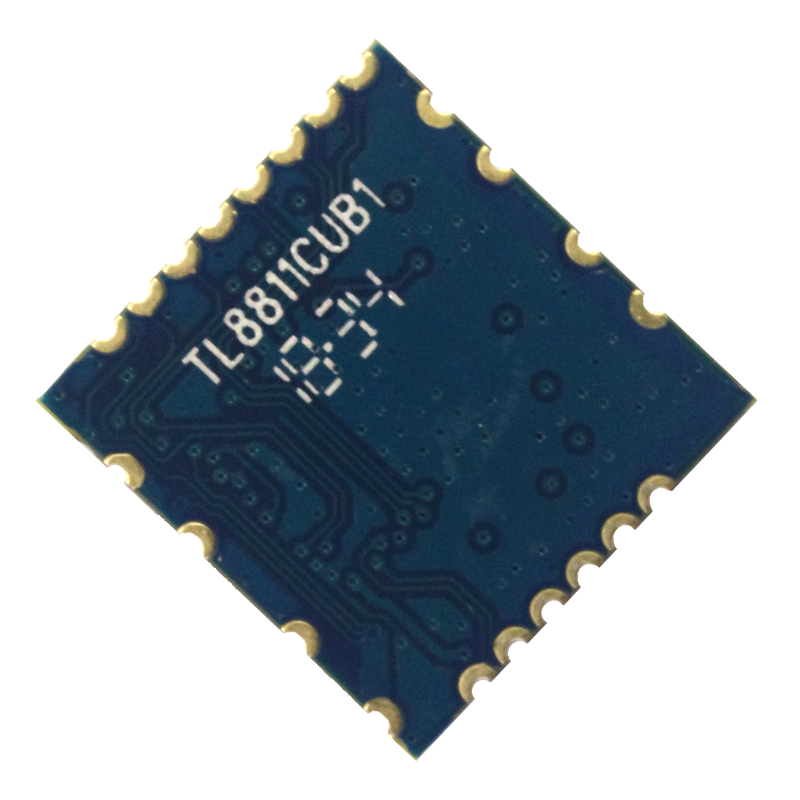ESP8266 is a low-cost, high-performance Wi-Fi module, which can realize wireless network connection and data transmission. The ESP8266 module has a built-in Wi-Fi chip and a microcontroller, and can communicate with other devices through serial communication. This article will introduce the working principle of ESP8266 to help you understand this module better.
一. The hardware structure of ESP8266
The ESP8266 module includes two parts: Wi-Fi chip and microcontroller. Wi-Fi chip is the core component of ESP8266, it supports 802.11b/g/n protocol, can realize wireless network connection and data transmission. The microcontroller is the control part of ESP8266, it can control the working state of the Wi-Fi chip and communicate with other devices.
二. The working principle of ESP8266
The working principle of ESP8266 can be divided into the following steps:
1. Initialization
When the ESP8266 module is powered on, the microcontroller will initialize the Wi-Fi chip. During the initialization process, the microcontroller will set the working mode, frequency, power and other parameters of the Wi-Fi chip.
2. Connect to Wi-Fi network
After initialization, ESP8266 will try to connect to the Wi-Fi network. To connect to a Wi-Fi network, you need to enter the SSID and password of the Wi-Fi network. ESP8266 will scan the surrounding Wi-Fi networks and try to connect to known Wi-Fi networks.
3. Data transmission
After the connection is successful, ESP8266 can transmit data. Data transmission can be done through serial communication or Wi-Fi network. Through serial port communication, you can send data to other devices or receive data sent by other devices. Through the Wi-Fi network, data can be sent to a remote server or received from a remote server.
4. Disconnect
When the ESP8266 no longer needs to connect to the Wi-Fi network, it can be disconnected. Disconnecting frees up the Wi-Fi chip's resources for other devices to use.
三. Application scenarios of ESP8266
The ESP8266 module can be applied in various scenarios, such as smart home, Internet of Things, remote control, etc. Here are some common application scenarios:
1. Smart home
ESP8266 can connect various smart home devices, such as smart light bulbs, smart sockets, smart door locks, etc. Through the Wi-Fi network, remote control and intelligent management can be realized.
2. Internet of Things
ESP8266 can connect various IoT devices, such as sensors, cameras, smart terminals, etc. Through the Wi-Fi network, data acquisition, data transmission and remote control can be realized.
3. Remote control
ESP8266 can be connected to various remote control devices, such as remote controllers, mobile phones, tablets, etc. Through the Wi-Fi network, remote control and data transmission can be realized.
四.The advantages and disadvantages of ESP8266
ESP8266 has the following advantages:
1. Low cost: The cost of ESP8266 is very low, and it can be widely used in various scenarios.
2. High performance: The performance of ESP8266 is very high, which can realize fast data transmission and remote control.
3. Easy to use: The use of ESP8266 is very simple, only need to transmit data through serial port communication or Wi-Fi network.
The disadvantages of ESP8266 are:
1. High power consumption: ESP8266 has high power consumption and needs to be powered by a battery or an external power supply.
2. Weak signal: The signal of ESP8266 is weak and needs to be used within the signal coverage.
3. Low security: The security of ESP8266 is low, and measures such as encryption and authentication are required.
In short, ESP8266 is a very good Wi-Fi module, which can realize wireless network connection and data transmission, and is widely used in various scenarios.


 Trolink Joint With Tuya to Make Iot Benefit Every Family
Trolink Joint With Tuya to Make Iot Benefit Every Family
 5 Key Indicators for WiFi Module Selection You Have to Know !
5 Key Indicators for WiFi Module Selection You Have to Know !
 IOT module is the brain of smart products
IOT module is the brain of smart products
 What is the signal coverage range of the WiFi module chip?
What is the signal coverage range of the WiFi module chip?